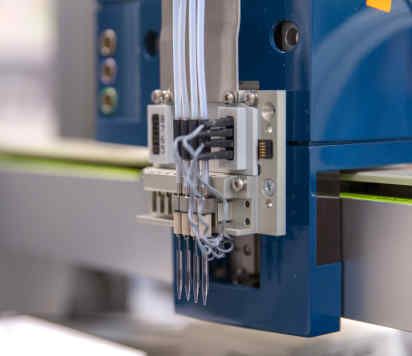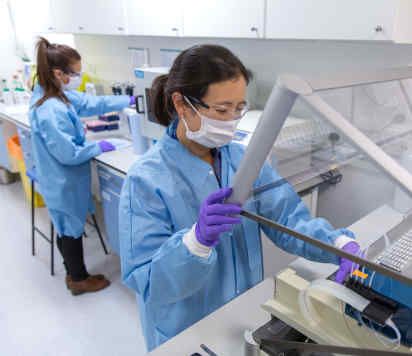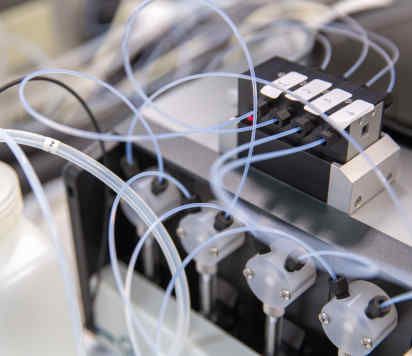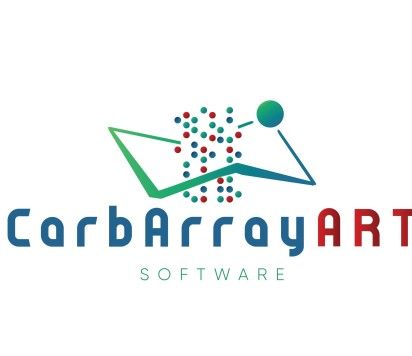BibTex format
@article{Palma:2015:10.1074/mcp.M115.048272,
author = {Palma, AS and Liu, Y and Zhang, H and Zhang, Y and McCleary, BV and Yu, G and Huang, Q and Guidolin, LS and Ciocchini, AE and Torosantucci, A and Wang, D and Carvalho, AL and Fontes, CMGA and Mulloy, B and Childs, RA and Feizi, T and Chai, W},
doi = {10.1074/mcp.M115.048272},
journal = {Molecular & Cellular Proteomics},
pages = {974--988},
title = {Unravelling Glucan Recognition Systems by Glycome Microarrays Using the Designer Approach and Mass Spectrometry},
url = {http://dx.doi.org/10.1074/mcp.M115.048272},
volume = {14},
year = {2015}
}
RIS format (EndNote, RefMan)
TY - JOUR
AB - Glucans are polymers of D-glucose with differing linkages in linear or branched sequences. They are constituents of microbial and plant cell-walls and involved in important bio-recognition processes, including immunomodulation, anticancer activities, pathogen virulence, and plant cell-wall biodegradation. Translational possibilities for these activities in medicine and biotechnology are considerable. High-throughput micro-methods are needed to screen proteins for recognition of specific glucan sequences as a lead to structure–function studies and their exploitation. We describe construction of a “glucome” microarray, the first sequence-defined glycome-scale microarray, using a “designer” approach from targeted ligand-bearing glucans in conjunction with a novel high-sensitivity mass spectrometric sequencing method, as a screening tool to assign glucan recognition motifs. The glucome microarray comprises 153 oligosaccharide probes with high purity, representing major sequences in glucans. Negative-ion electrospray tandem mass spectrometry with collision-induced dissociation was used for complete linkage analysis of gluco-oligosaccharides in linear “homo” and “hetero” and branched sequences. The system is validated using antibodies and carbohydrate-binding modules known to target α- or β-glucans in different biological contexts, extending knowledge on their specificities, and applied to reveal new information on glucan recognition by two signaling molecules of the immune system against pathogens: Dectin-1 and DC-SIGN. The sequencing of the glucan oligosaccharides by the MS method and their interrogation on the microarrays provides detailed information on linkage, sequence and chain length requirements of glucan-recognizing proteins, and are a sensitive means of revealing unsuspected sequences in the polysaccharides.
AU - Palma,AS
AU - Liu,Y
AU - Zhang,H
AU - Zhang,Y
AU - McCleary,BV
AU - Yu,G
AU - Huang,Q
AU - Guidolin,LS
AU - Ciocchini,AE
AU - Torosantucci,A
AU - Wang,D
AU - Carvalho,AL
AU - Fontes,CMGA
AU - Mulloy,B
AU - Childs,RA
AU - Feizi,T
AU - Chai,W
DO - 10.1074/mcp.M115.048272
EP - 988
PY - 2015///
SN - 1535-9484
SP - 974
TI - Unravelling Glucan Recognition Systems by Glycome Microarrays Using the Designer Approach and Mass Spectrometry
T2 - Molecular & Cellular Proteomics
UR - http://dx.doi.org/10.1074/mcp.M115.048272
VL - 14
ER -





